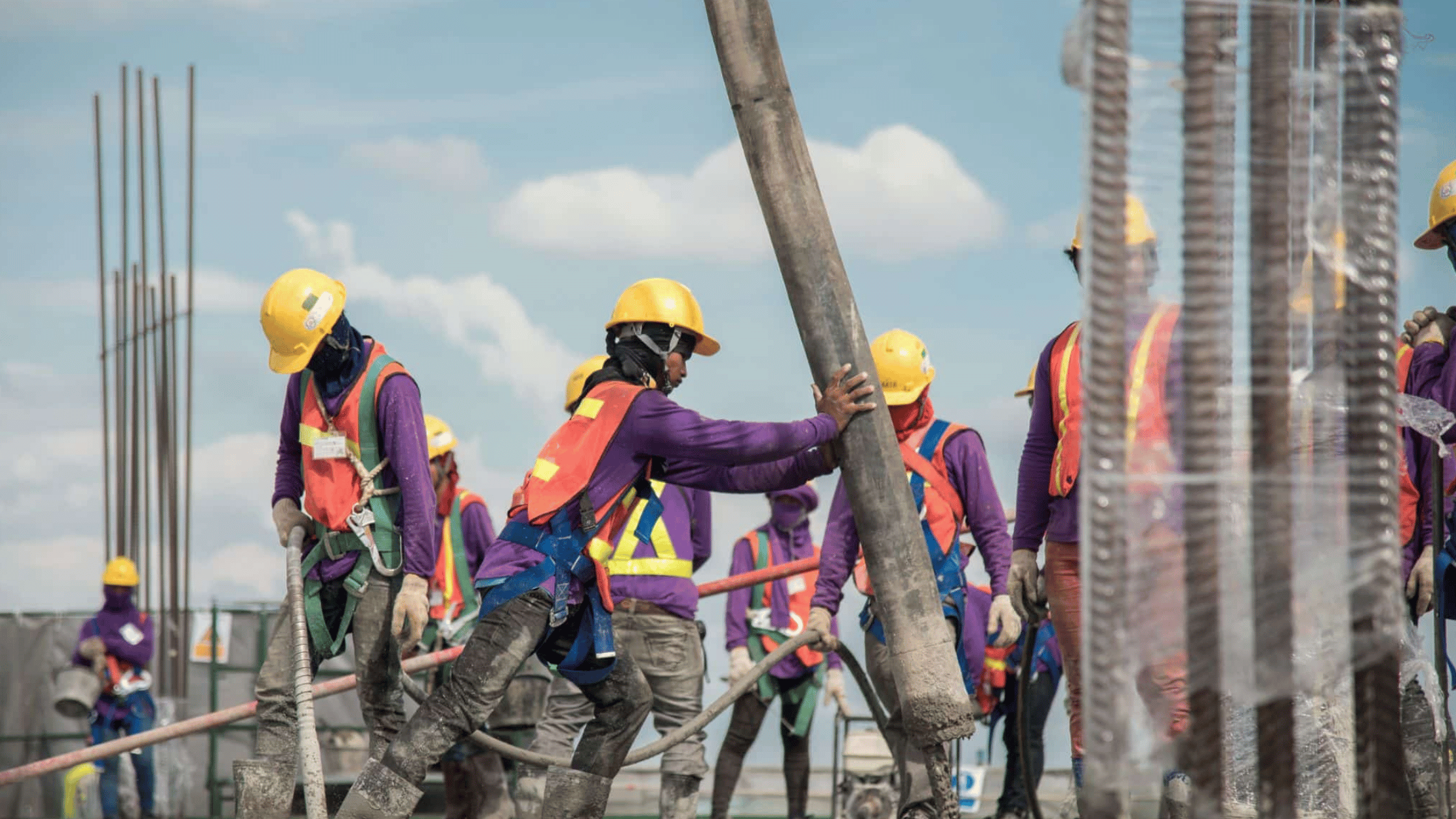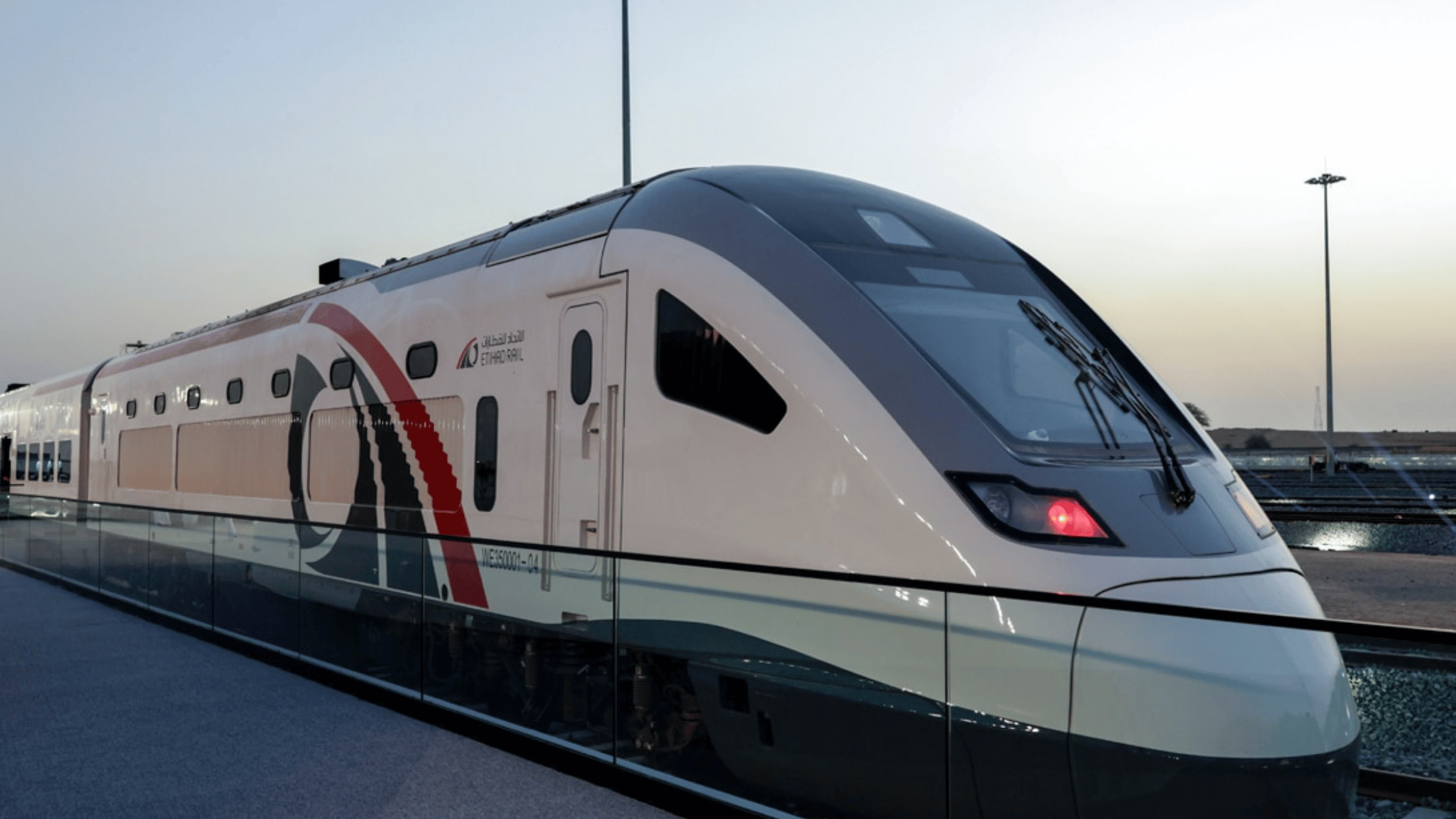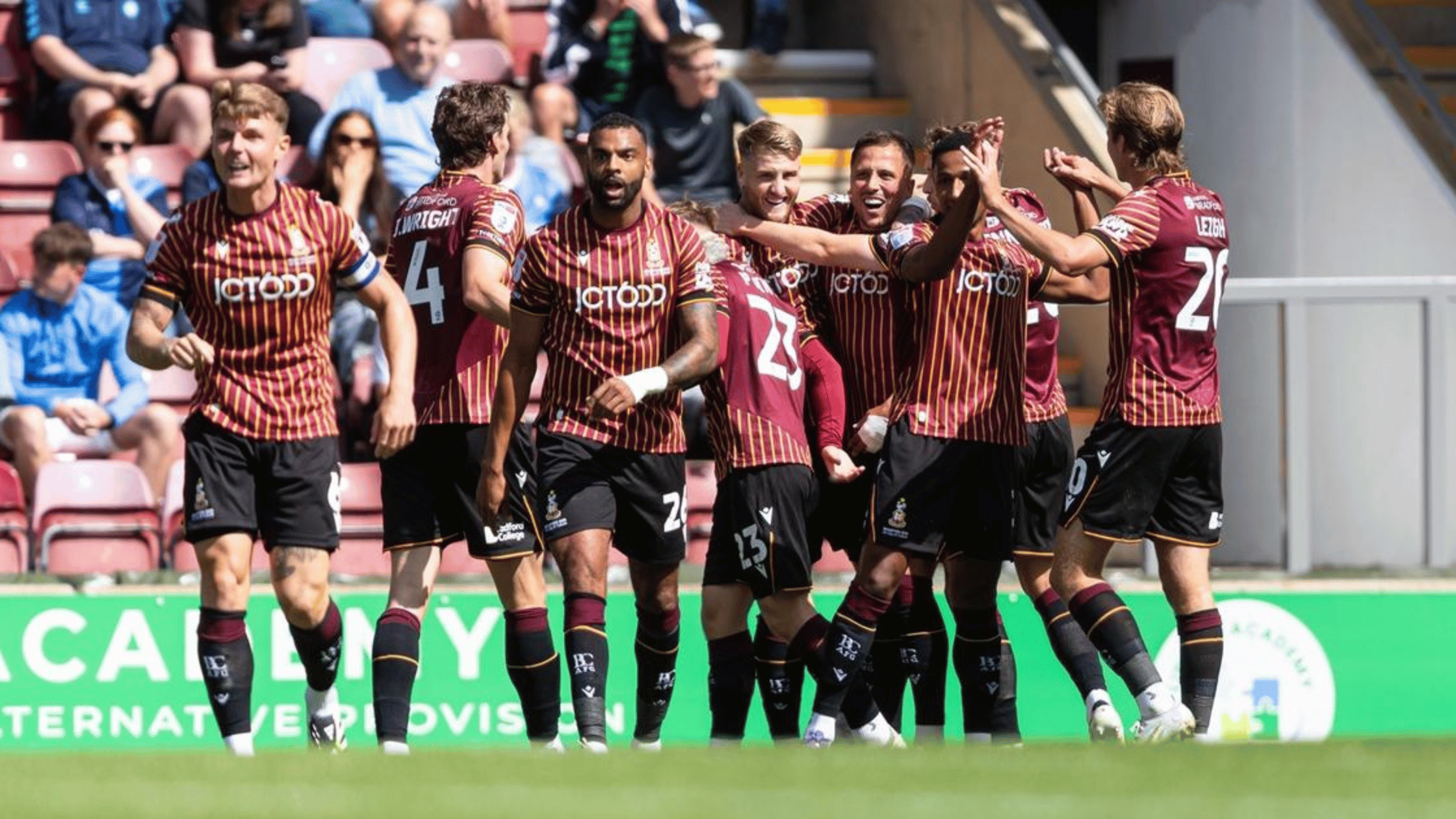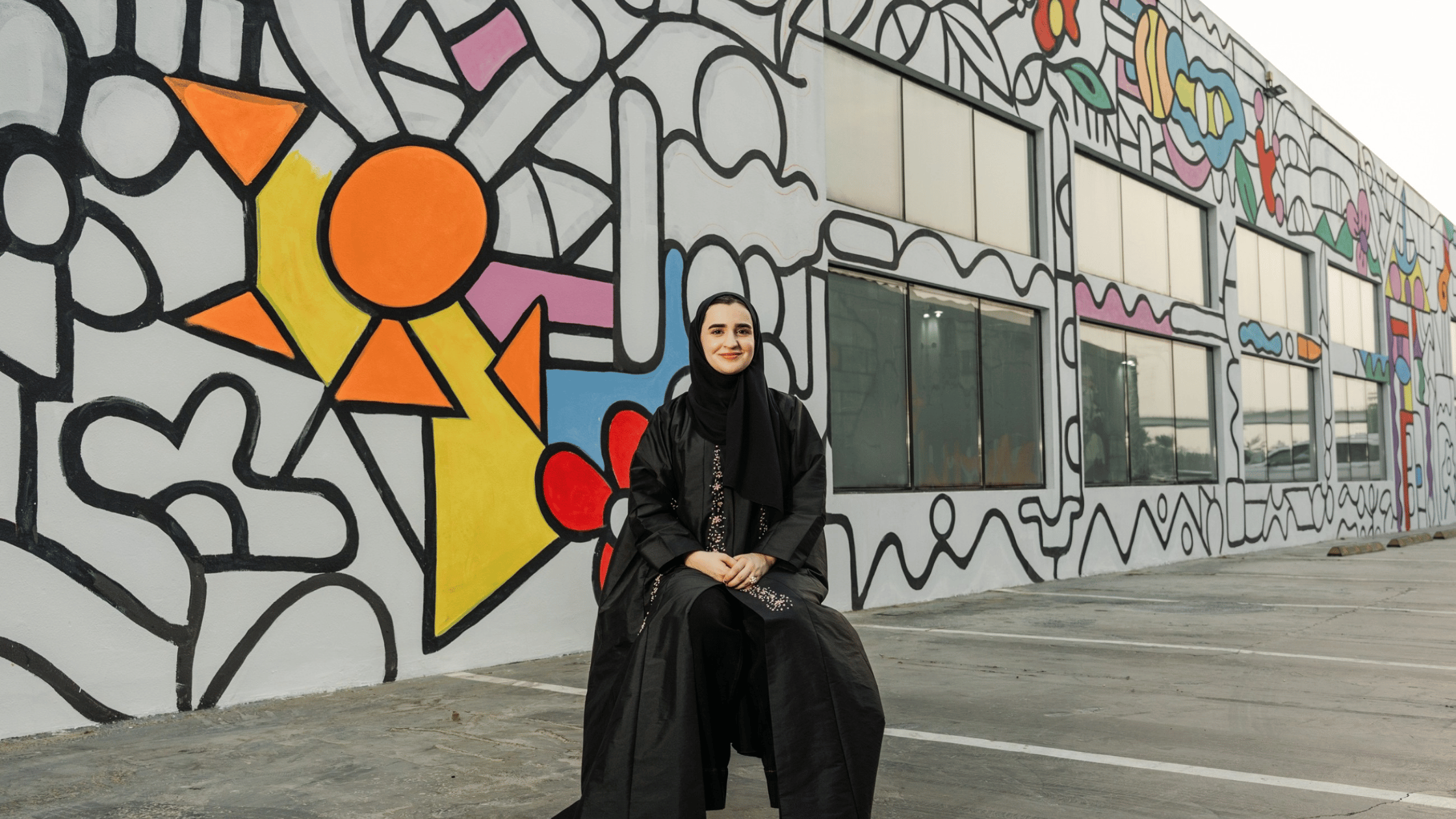Dubai Launches Al Wasl Road Upgrade to Enhance Traffic Flow

Dubai has once again set the benchmark in urban infrastructure planning with its latest initiative to redevelop a crucial stretch of its transportation grid—Al Wasl Road. The project, spearheaded by Dubai’s Roads and Transport Authority (RTA), follows directives from the emirate’s wise leadership to accelerate infrastructure development and meet the city’s dynamic growth requirements. Spanning 15 kilometers from the intersection with Umm Suqeim Street to the junction with 2nd December Street, the Al Wasl Road development project is part of a broader vision to enhance traffic flow, increase road capacity, and foster sustainable urban mobility for both residents and visitors.
The RTA’s integrated plan is aimed not only at traffic decongestion but also at reinforcing Dubai’s role as a global model for modern cities. With a growing population, increasing vehicular density, and continuous urban expansion, the city’s road networks are being upgraded to match world-class standards while incorporating elements that reflect Dubai’s aesthetic and smart-city ambitions.
Massive Transformation of Al Wasl Road to Improve Traffic Flow
The Al Wasl Road upgrade is designed to directly address long-standing traffic bottlenecks along one of Dubai’s most important urban corridors. With the current two-lane configuration struggling to accommodate increasing vehicular demand, the road will now be widened to three lanes in each direction. This expansion is expected to raise the total traffic capacity from 8,000 vehicles per hour to 12,000 vehicles per hour in both directions, effectively enabling a smoother commute for thousands of daily travelers. More significantly, the upgrade is projected to reduce overall travel time along the stretch by up to 50 percent, offering commuters and service vehicles quicker and more predictable travel patterns.
As a vital east-west axis within the urban grid, Al Wasl Road connects numerous communities, commercial hubs, and lifestyle destinations. Its transformation will ease pressure on parallel routes and help distribute traffic more evenly across the network, particularly during peak hours. The strategic nature of this initiative ensures it has ripple effects that benefit the city’s broader transportation ecosystem.
Strategic Development of Intersections and Tunnels for Efficient Movement
One of the cornerstone features of the Al Wasl Road upgrade is the redevelopment of six critical intersections. These include junctions at Al Thanya, Al Manara, Umm Al Sheif, Umm Amara, Al Orouba, and Al Safa Streets. Each intersection will be reengineered to streamline traffic movement, minimize delays, and maximize throughput using advanced design techniques tailored to site-specific conditions. These changes are not just cosmetic; they reflect a deep understanding of Dubai’s evolving traffic flow and future mobility needs.
As part of this transformation, the project includes the construction of five unidirectional tunnels with a combined length of 3,850 metres. These tunnels are engineered to allow seamless vehicular movement under key intersections, thereby reducing reliance on signal-controlled junctions and decreasing idle times. For instance, at the intersection with Al Manara Street, a three-lane tunnel will be constructed that branches out into two main directions. One route will connect Sheikh Zayed Road to Jumeirah Street, while the second will link Sheikh Zayed Road to Umm Suqeim Street. This design supports a total capacity of 4,500 vehicles per hour, underscoring the strategic foresight embedded in this project.
Improvements at Al Thanya and Al Manara Set New Standards
The intersection at Al Thanya Street will receive a set of tailored improvements that are expected to significantly ease the daily traffic build-up in that area. This includes upgraded traffic signals, smarter lane organization, and better pedestrian flow management. The Al Manara Street intersection will be enhanced with a high-capacity tunnel that redefines how vehicles move between key areas in Dubai. This tunnel, with its bifurcated routes, will function as a high-speed connector, removing critical traffic conflict points at the surface level.
Both intersections and indeed, the overall network of six junctions, have been designed to accommodate future growth. The upgrades integrate scalable features, enabling the infrastructure to adapt as the surrounding communities and traffic volumes evolve. These changes not only reflect technical sophistication but also a holistic vision to future-proof the city’s road network.
Part of a Comprehensive Urban Mobility Master Plan
According to Mattar Al Tayer, Director General and Chairman of the Board of Executive Directors of the RTA, the Al Wasl Road project forms a crucial component of a broader master plan to upgrade road infrastructure across multiple sectors in Dubai. This plan also includes concurrent enhancements to Umm Suqeim and Al Safa Streets, creating a unified and robust road system that caters to diverse user needs, be it private vehicles, public transport, cyclists, or pedestrians.
These interconnected developments are guided by a philosophy that balances engineering excellence with urban livability. The RTA’s focus is not solely on increasing vehicular capacity, but also on reimagining public spaces, improving safety standards, and embedding sustainability in all aspects of road design and construction. The end goal is to create streets that are efficient, beautiful, and inclusive.
Enhancing Walkability, Cyclability, and Urban Appeal
The Al Wasl Road development introduces more than just additional lanes for cars. It is part of a broader shift toward a multi-modal transport future where walking and cycling are viable, safe, and attractive options. Dedicated pedestrian pathways and protected cycling tracks are being integrated into the design, promoting active transportation and reducing dependence on private cars. These additions support the emirate’s environmental objectives and align with its commitment to public health and sustainability.
Boulevards and shaded walkways will invite more foot traffic, especially in residential and commercial zones where pedestrian access is critical. The project envisions a human-centric urban environment where streets are not just conduits for cars but vibrant spaces for social interaction and community engagement. These enhancements will also support last-mile connectivity with public transport modes, improving access to bus stops, metro stations, and shared mobility hubs.
Landscaping and Public Space Improvements Reflect Dubai’s Aesthetic Vision
Another important element of the Al Wasl Road upgrade is the extensive landscaping and public realm design. The RTA has committed to implementing decorative greenery, artistic installations, and landscaped medians that not only beautify the area but also contribute to environmental sustainability. Smart irrigation systems and the use of native, low-water plants will ensure that the green spaces remain lush without consuming excess resources.
The project also includes vibrant public areas equipped with seating, shading structures, and community gathering spaces. These are designed to enhance the social fabric of surrounding neighborhoods and encourage more outdoor activity. The transformation of Al Wasl Road will therefore have a cultural and emotional impact in addition to its practical transport benefits, helping to shape a more connected and enjoyable city.
Supporting Tourism, Commerce, and Residential Life
Al Wasl Road runs through several prominent districts that are home to luxury hotels, beachfront resorts, retail destinations, and gourmet restaurants. Enhancing this road’s capacity and aesthetics directly benefits Dubai’s tourism and hospitality sectors. Easier access to attractions means a better experience for tourists, smoother logistics for service providers, and higher returns for businesses.
For residents, particularly those in the nearby communities of Jumeirah, Al Safa, and Umm Suqeim, the project represents a dramatic improvement in daily life. Reduced travel times, safer intersections, and better pedestrian access will translate into a more relaxed and efficient urban experience. The improved infrastructure is capable of supporting over a million residents who currently live in the area, ensuring that the region remains livable and accessible as it grows.
RTA’s Strategic Vision Backed by Strong Leadership
The Al Wasl Road upgrade exemplifies Dubai’s ability to translate vision into reality through coordinated planning, investment, and leadership. Under the guidance of the emirate’s forward-thinking leadership, the RTA has become a symbol of urban innovation in the region. This project reflects not only a response to current infrastructure demands but also proactive planning for future needs.
Mattar Al Tayer’s announcement reiterates that the project is about more than just cars and roads. It represents a commitment to creativity, sustainability, and inclusivity—principles that are shaping Dubai into a model global city. The Al Wasl Road upgrade will serve as a blueprint for future infrastructure projects across the emirate, merging functionality with form, speed with safety, and mobility with beauty.








1 Comment
[…] for residents to access schools, shopping centers, and other essential services. By improving traffic flow and road safety, the project contributes to a higher quality of life for everyone in the […]
Comments are closed.